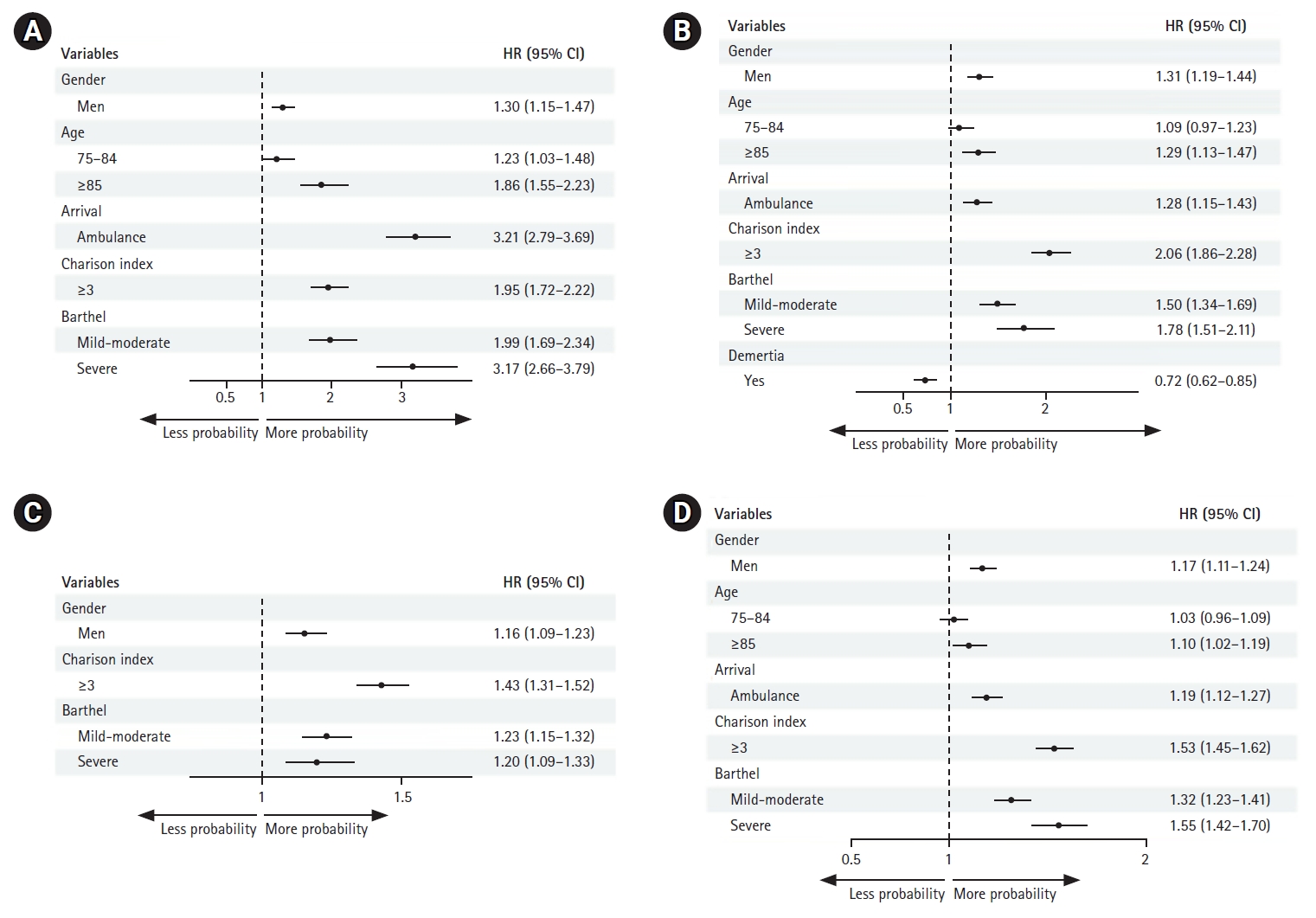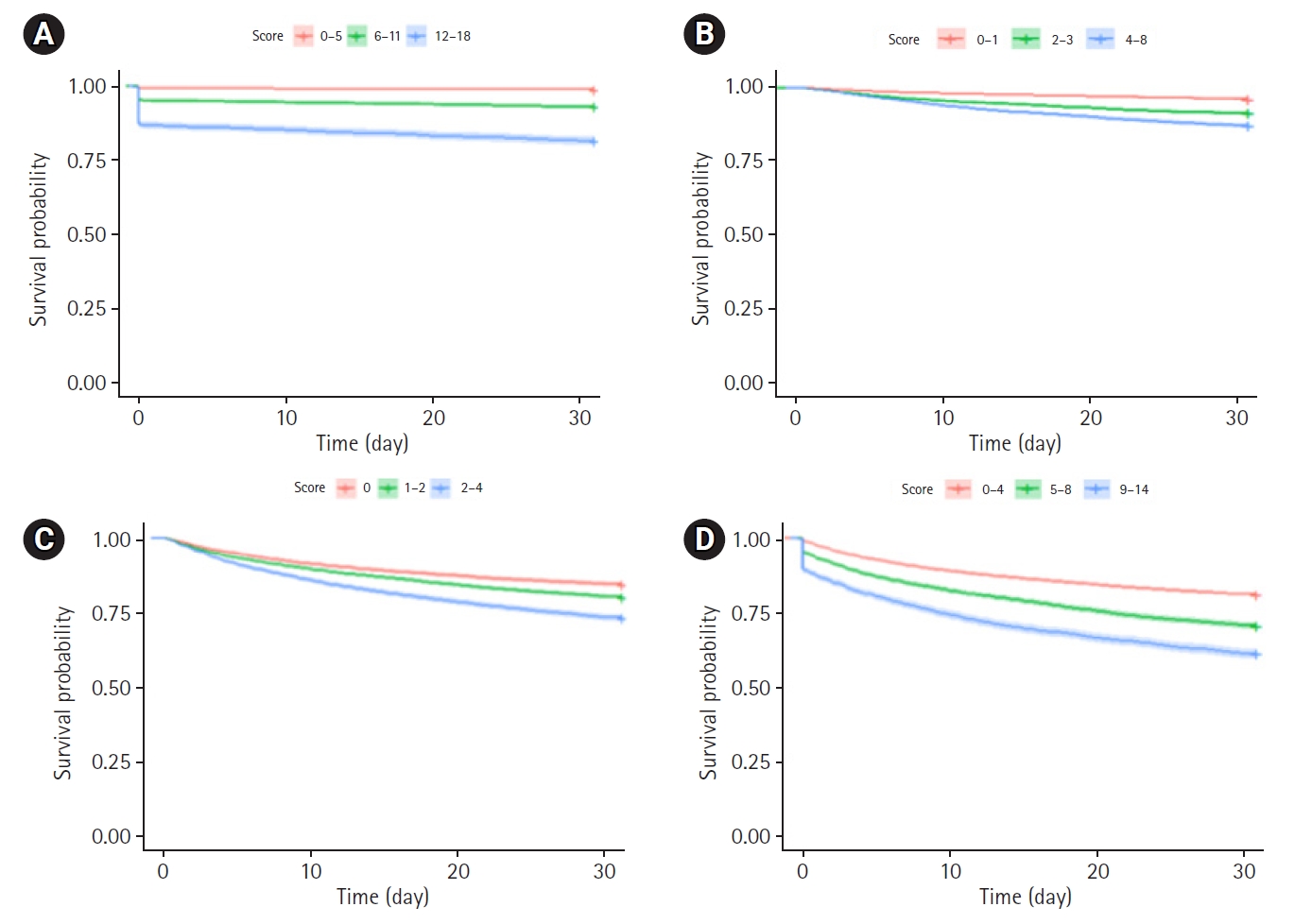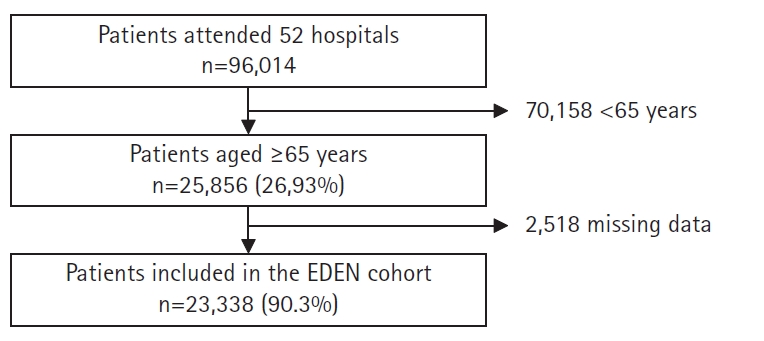4. Pines JM, Griffey RT. What we have learned from a decade of ED crowding research. Acad Emerg Med 2015;22:985–7.


6. Martin-Sanchez FJ, Fernandez Alonso C, Gil Gregorio P. Key points in healthcare of frail elders in the emergency department. Med Clin (Barc) 2013;140:24–9.


7. Gonzalez Del Castillo J, Escobar-Curbelo L, Martinez-Ortiz de Zarate M, Llopis-Roca F, Garcia-Lamberechts J, Moreno-Cuervo A, et al. GYM score: 30-day mortality predictive model in elderly patients attended in the emergency department with infection. Eur J Emerg Med 2017;24:183–8.


8. Puig-Campmany M, Ris-Romeu J. Frail older patients in the emergency department: main challenges. Emergencias 2022;34:415–7.

12. Garcia-Martinez A, Gil-Rodrigo A, Placer A, Alemany X, Aguilo S, Torres-Machado V, et al. Probability of new falls and factors associated with them in aged patients treated in emergency departments after falling: data from the FALL-ER registry. Emergencias 2022;34:444–51.

13. Afonso-Argiles FJ, Comas Serrano M, Blazquez-Andion M, Castells Oliveres X, Cirera Lorenzo I, Garcia Perez D, et al. Factors associated with short-term mortality after emergency department care of residents living in aged care homes: findings from the multicenter Caregency study. Emergencias 2022;34:437–43.

17. Montero-Perez J. Emergency triage: separating the wheat from the chaff. Emergencias 2022;34:161–2.

18. Platts-Mills TF, Travers D, Biese K, McCall B, Kizer S, LaMantia M, et al. Accuracy of the Emergency Severity Index triage instrument for identifying elder emergency department patients receiving an immediate life-saving intervention. Acad Emerg Med 2010;17:238–43.


21. Carpenter CR, Shelton E, Fowler S, Suffoletto B, Platts-Mills TF, Rothman RE, et al. Risk factors and screening instruments to predict adverse outcomes for undifferentiated older emergency department patients: a systematic review and meta-analysis. Acad Emerg Med 2015;22:1–21.


22. McCusker J, Bellavance F, Cardin S, Trepanier S, Verdon J, Ardman O. Detection of older people at increased risk of adverse health outcomes after an emergency visit: the ISAR screening tool. J Am Geriatr Soc 1999;47:1229–37.


23. Cousins G, Bennett Z, Dillon G, Smith SM, Galvin R. Adverse outcomes in older adults attending emergency department: systematic review and meta-analysis of the Triage Risk Stratification Tool. Eur J Emerg Med 2013;20:230–9.


24. de Gelder J, Lucke JA, de Groot B, Fogteloo AJ, Anten S, Mesri K, et al. Predicting adverse health outcomes in older emergency department patients: the APOP study. Neth J Med 2016;74:342–52.

25. Jay S, Whittaker P, Mcintosh J, Hadden N. Can consultant geriatrician led comprehensive geriatric assessment in the emergency department reduce hospital admission rate? A systematic review. Age Ageing 2017;46:366–72.


26. Miro O, Gonzalez Del Castillo J. Collaboration among Spanish emergency departments to promote research: on the creation of the SIESTA (Spanish Investigators in Emergency Situations TeAm) network and the coordination of the UMC-19 (Unusual Manifestations of COVID-19) macroproject. Emergencias 2020;32:269–77.

27. Miro O, Gonzalez Del Castillo J. SIESTA: the Spanish Investigators in Emergency Situations TeAm - during the COVID-19 pandemic: a summary of results of the network’s first challenge. Emergencias 2022;34:225–7.

29. Sullivan LM, Massaro JM, D’Agostino RB Sr. Presentation of multivariate data for clinical use: the Framingham Study risk score functions. Stat Med 2004;23:1631–60.


34. American College of Emergency Physicians. Geriatric emergency department accreditation program [Internet]. Irving, TX: American College of Emergency Physicians; c2023 [cited 2023 Nov 30]. Available from:
https://www.acep.org/geda/.
36. de Gelder J, Lucke JA, Blomaard LC, Booijen AM, Fogteloo AJ, Anten S, et al. Optimization of the APOP screener to predict functional decline or mortality in older emergency department patients: cross-validation in four prospective cohorts. Exp Gerontol 2018;110:253–9.


37. Fries BE, Morris JN, Skarupski KA, Blaum CS, Galecki A, Bookstein F, et al. Accelerated dysfunction among the very oldest-old in nursing homes. J Gerontol A Biol Sci Med Sci 2000;55:M336–41.














